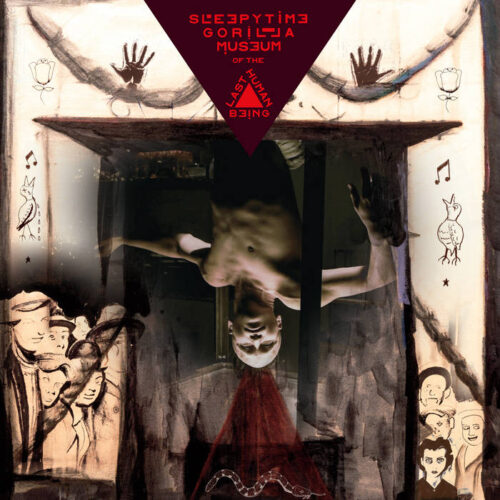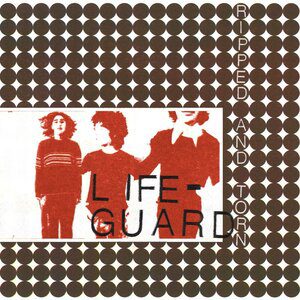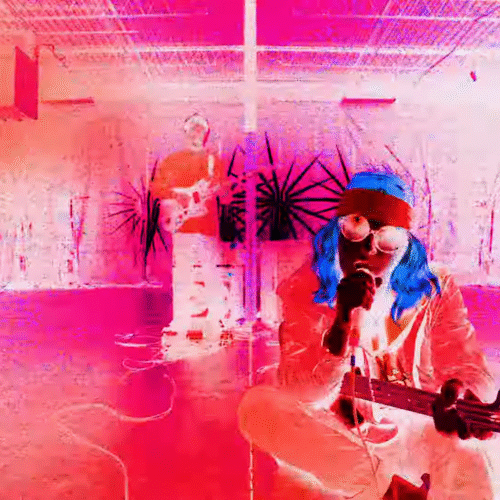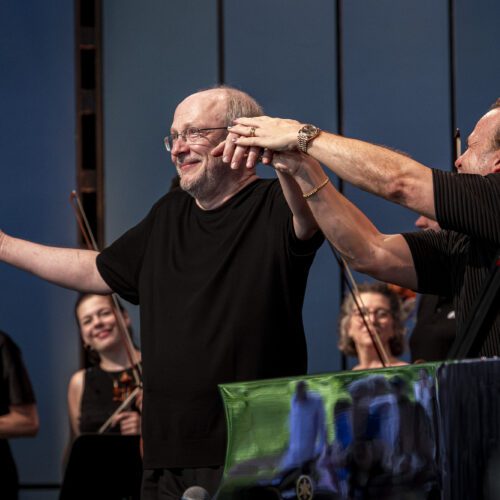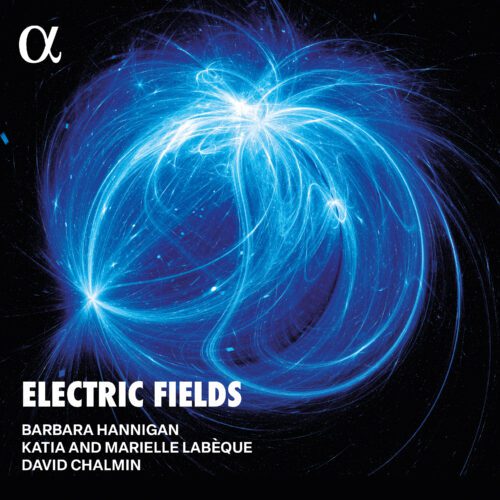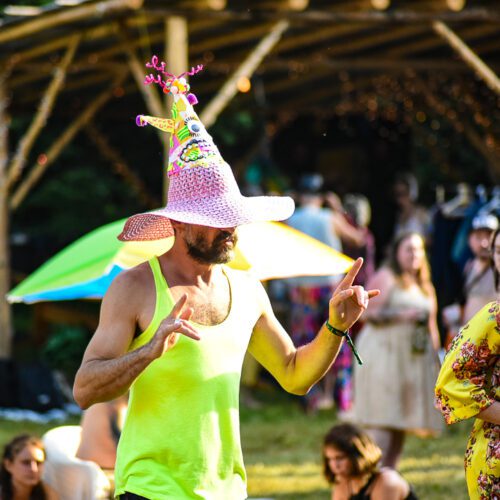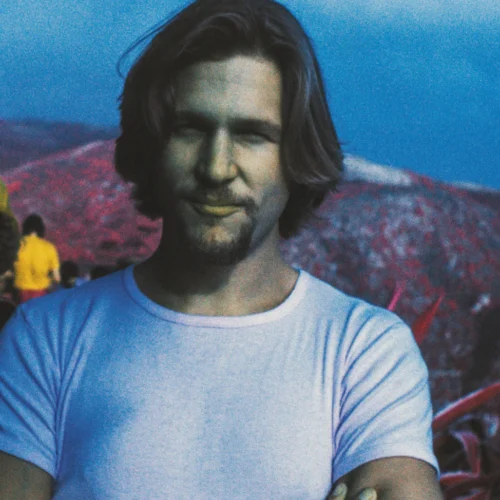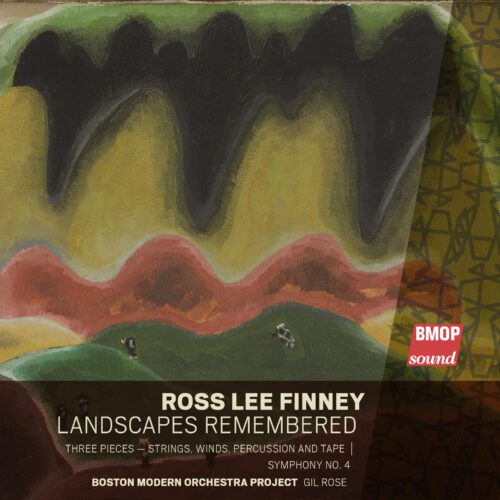It’s not written down anywhere, but among the sub-genres of rock there’s something I like to call “Odd Rock,” oblique, avant-garde music, still guitar- and drum-driven, but which defies the rules of the game and expands the boundaries of the genre. Bands like The Residents, The Cardiacs, Primus or anything influenced by Zappa might fall into this category.
Among the lesser-known, there was also the excellent Sleepytime Gorilla Museum, dead and buried since 2011. At least, that’s what we thought, because nobody expected this band to re-emerge 13 years later with a fourth album, but here we are!
From the outset, the band’s ambition does not disappoint. Like their previous albums, the affair lasts over an hour and a quarter, and traverses a most cinematic musical arc. The pieces, highly progressive and with few repetitions, are developed and always moving forward. This does not prevent the album from abounding in catchy, gripping moments. The instrumentation is equally extensive, the album incorporating brass and strings. The more ambient moments also feature bells and all manner of background voices that contribute to the album’s multiple layers. The whole thing is pretty dark, too, which fully justifies the dissonance and almost metal moments, as on opener ‘Salamander in Two Worlds’.
The vocals, as always, take center stage on this album. The lead singer’s voice navigates easily through anguish, sweetness, aggression and madness. These varied evocations, however, are constantly underpinned by an eccentricity unique to Sleepytime Gorilla Museum. Other layers are often superimposed, such as the many vocal harmonies that run through the album. In contrast, a female voice reminiscent of Icelandic singer Björk dominates ‘Silverfish’ and ‘Hush, Hush’, opening up a whole new tableau. On ‘We Must Know More’, it’s more of a cabaret atmosphere that sets in, with a waltzing rhythm punctuated by the sousaphone. The album moves through various textures, often articulated by chromatic melodies and highly technical drum sections. The whole is reminiscent of a musical rendering of the steampunk aesthetic so dear to cinema, not unlike the late Quebec band Jardin Mécanique.
All in all, of the Last Human Being is a larger-than-life proposition from a band that was already into complex and unusual music. The power and hooks of rock are there, but in the service of a crazy creativity drifting towards a nightmarish darkness. The dark side of progressive music, so to speak! An unexpected album, but one that reaffirms the band’s relevance in the modern experimental rock ecosystem.
